5 futuristic military technologies that will shape the battlefield
- By Frumentarius
Share This Article
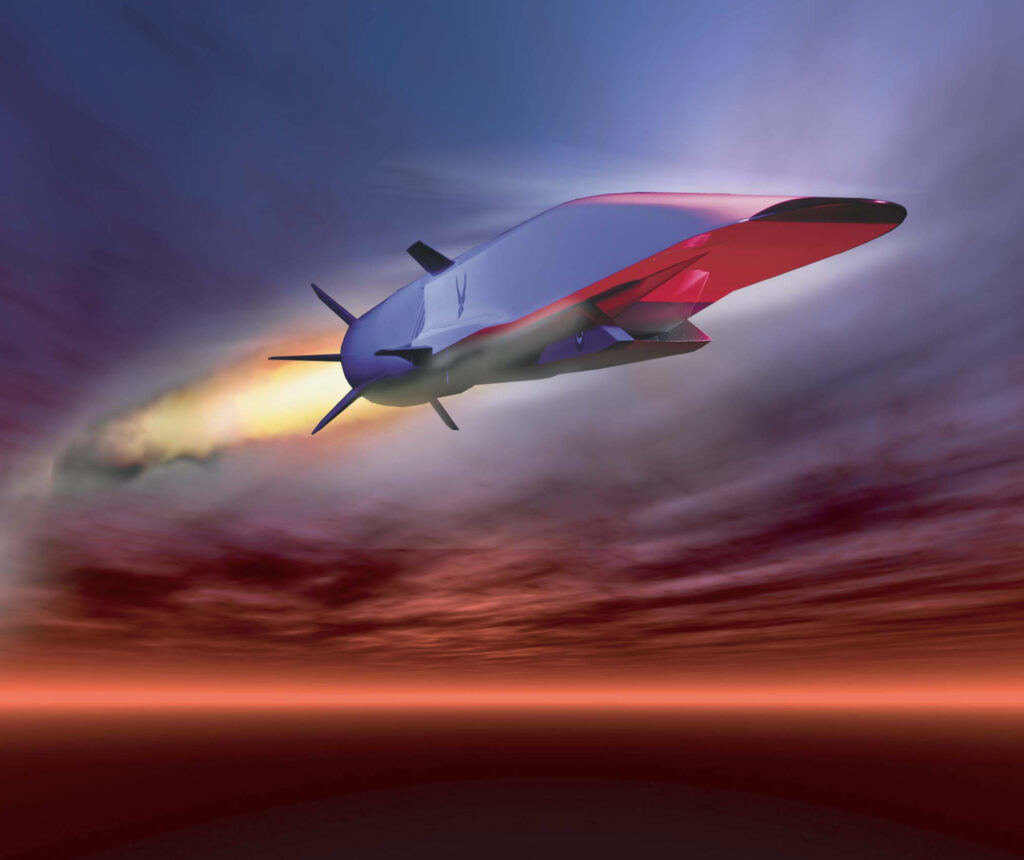
Some authors in the science fiction genre have long been predicting with uncanny accuracy the use of future technologies. Some innovations that are commonplace today were at one time thought fanciful. Just think of a single iPhone that possesses more processing power than all of NASA possessed in 1969 when it put a man on the moon. As noted by the website Big Think, the author Jules Verne successfully predicted in the 1860s – in his Paris in the Twentieth Century – the future use of gasoline-powered engines and weapons of mass destruction, among other technologies that would come to fruition many decades later.
We are lucky (maybe unlucky?) to live in a time when some of those once seemingly-fanciful technologies are coming into regular use, or are on the cusp of doing so. The five technologies below will have an inevitable and imminent impact on the nature of warfare.
AI-enabled unmanned vehicles
The ongoing development and incorporation of artificial intelligence (AI) into virtually all aspects of life is arguably the technological milestone that will have the greatest impact on the future of warfare. (In fact, all of the technologies in this list will no doubt incorporate AI to some degree.) Unmanned vehicles, or drones, are here to stay and are currently being used in conflicts from Ukraine to Yemen.
At some point, these unmanned vehicles will operate – under the full control of AI – on land, in the air, on the sea, below the sea, and in swarms. They will also be outfitted with not only conventional weaponry, but with high-energy laser beams, high-powered microwave weapons, and/or particle beam weapons. These directed energy weapons (DEWs) will make armed drones perhaps even more lethal than those armed with only conventional weapons.
The author Martha Wells in her Murderbot series of novels offers one of the more prescient modern looks at how intelligent robots using swarms of drones will change the future of warfare.
Related: Northrop Grumman’s Manta Ray submarine could be a boon for anti-submarine warfare
Hypersonic missiles and aircraft
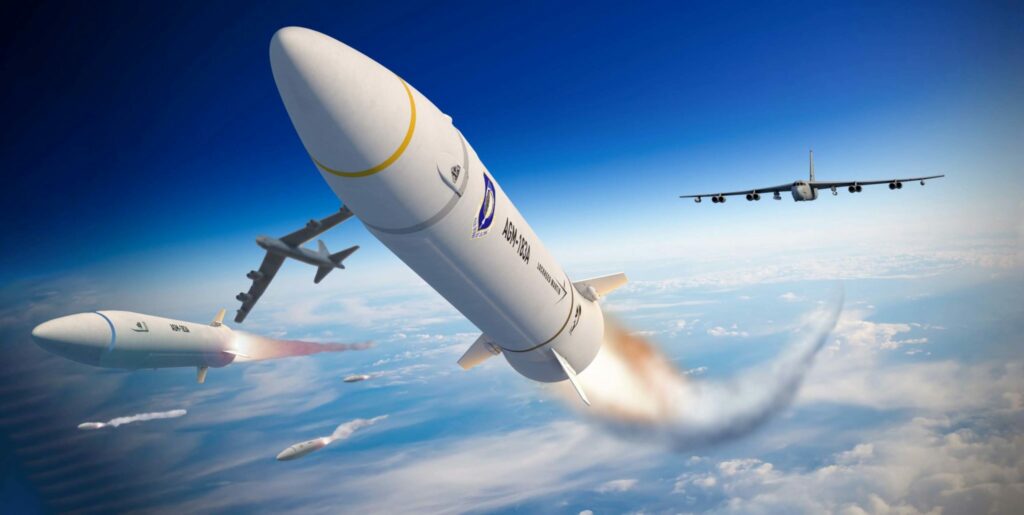
Imagine being able to deliver a missile five or more times faster than the speed of sound, and hitting a target some 600 miles away in just 10 minutes. That is the capability hypersonic weapons give you. Russia has employed such weapons already in its invasion of Ukraine. Manned hypersonic aircraft, however, have yet to be successfully flown, as far as we know. The U.S. Air Force had a program in the 2010s in which an unmanned hypersonic aircraft – the X-51A – reportedly reached a max speed of Mach 6, and could reach an altitude of 70,000 feet. It is unclear where that development has progressed as of the current time, but one assumes it proceeds apace.
Such hypersonic aircraft employ scramjet engines or a combination of turbojet and ramjet. Hypersonic aircraft could provide militaries with a global reach for surveillance and reconnaissance, weapons delivery, and access to space for defense of space assets, relaunch of orbiting craft and satellites, and other applications.
Finally, one terrifying application could be the placement of nuclear warheads on hypersonic missiles. Such a weapon could not only travel extremely fast thus preventing interception, but it could also theoretically maneuver in the air and fly at a lower altitude, making it even harder to detect and defeat. It is a capability the whole world will have to come to terms with at some point.
Related: Mako: Arming the F-35 with hypersonic missiles
Improved sensors
From active sensors on unmanned vehicles that can detect enemy force movements and weapons launches, to passive sensors placed in strategic locations that can detect seismic and electromagnetic energy emissions, to body sensors worn on military “smart uniforms” that give real-time information on a soldier’s health and performance, the military is currently undergoing a true sensor revolution.
Artificial intelligence will only make sensors ever more capable and powerful over time. It appears the revolution in military sensors will make detection much more prevalent than deception on the future battlefield. One need only think about the calamity that would have transpired for the Allies on D-Day had the Nazis possessed today’s sensor technology.
Exoskeleton armor
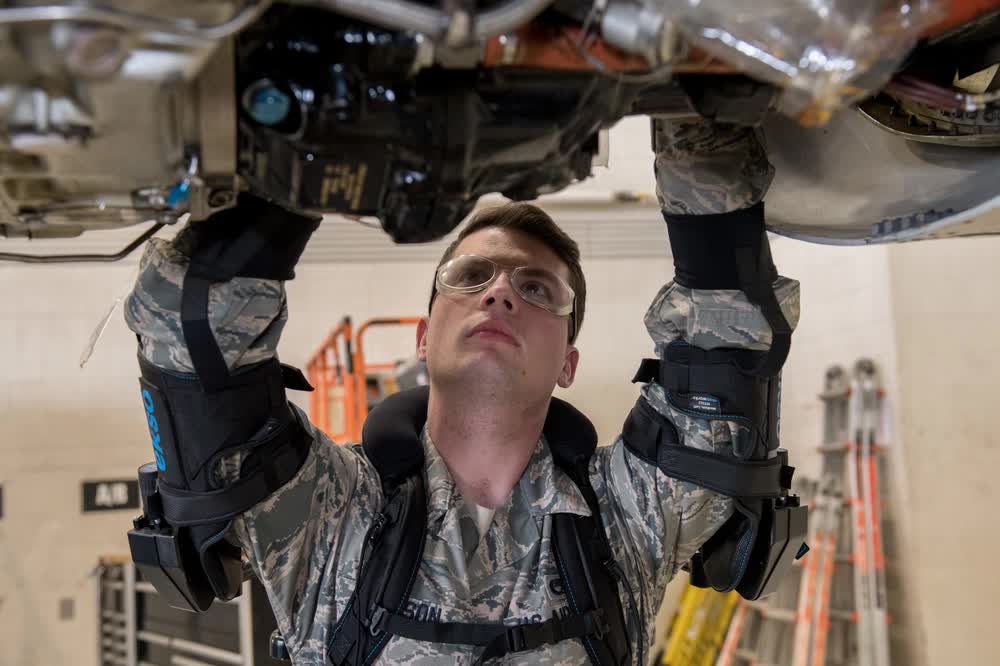
It is no exaggeration to say that the development of a so-called “Iron Man” suit has long been a goal of military planners and technologists. While previously such a goal might have been a pipe dream, advances in robotics, manufacturing materials, and artificial intelligence have enabled that dream to come closer to reality.
Exoskeletons can range from those categorized as “passive” – meaning they enhance musculoskeletal strength and lack computer systems – to “active.” The latter would be equipped with AI-enhanced robotics, biomedical enhancements, a computer interface, advanced communications gear, and integrated weapons systems. Think of these less as “Iron Man” suits – they don’t shoot lasers (yet) and you can’t fly in them (yet?) – and more as “Fallout” suits whereby a soldier would don a suit of advanced robotic armor and be immediately stronger, better protected, and armed with enhanced sensors, weapons, and biomedical monitoring and support.
3D printing
Finally, in the perhaps less sexy but no-less-important world of military logistics, new technologies are also taking hold and being put to good use. Otherwise known as additive manufacturing, 3D printing technology is constantly improving and could one day allow military logisticians to mass produce not only parts and supplies, but perhaps one day also aircraft, tanks, munitions, and weapons.
It is not hyperbole to say that we are witnessing what looks to be the advent of a new age in military technology. The future is upon us.
Read more from Sandboxx News
- Why America never sold the F-22 Raptor to foreign countries
- The fighter jet that got Pepsi sued is approaching retirement
- Tougher-than-nails Coast Guard rescue swimmers describe daring rescues
- How the Thompson SMG helped shape modern warfare
- Northrop Grumman’s Manta Ray submarine could be a boon for anti-submarine warfare
Related Posts
Sandboxx News Merch
-

‘AirPower’ Classic Hoodie
$46.00 – $48.00 Select options This product has multiple variants. The options may be chosen on the product page -

‘Kinetic Diplomacy’ Bumper Sticker (Black)
$8.00 Add to cart -

‘Sandboxx News’ Trucker Cap
$27.00 Select options This product has multiple variants. The options may be chosen on the product page
Frumentarius
Frumentarius is a former Navy SEAL, former CIA officer, and currently a battalion chief in a career fire department in the Midwest.
Related to: Gear & Tech
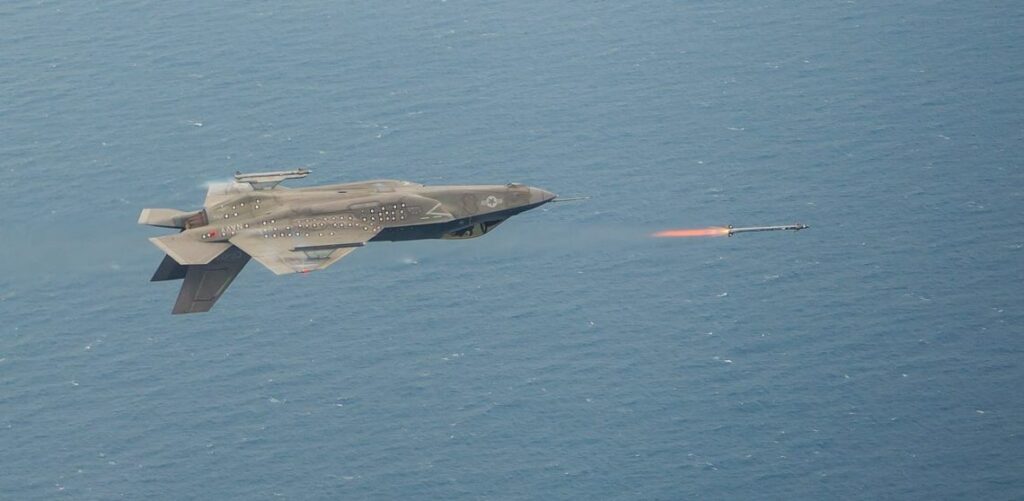
The gravity of the situation: How to fly a fighter upside down
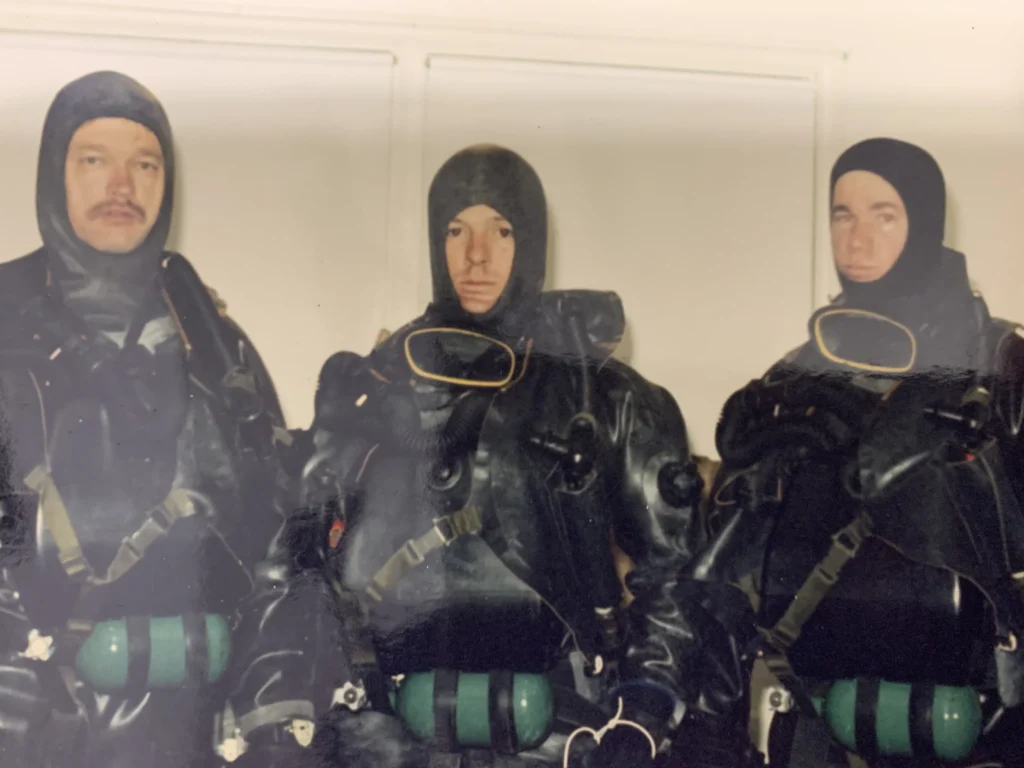
Airborne adventures with a Green Beret Combat Dive Team

Legendary US Army Ranger William ‘Doc’ Donovan achieves very rare special operations honor
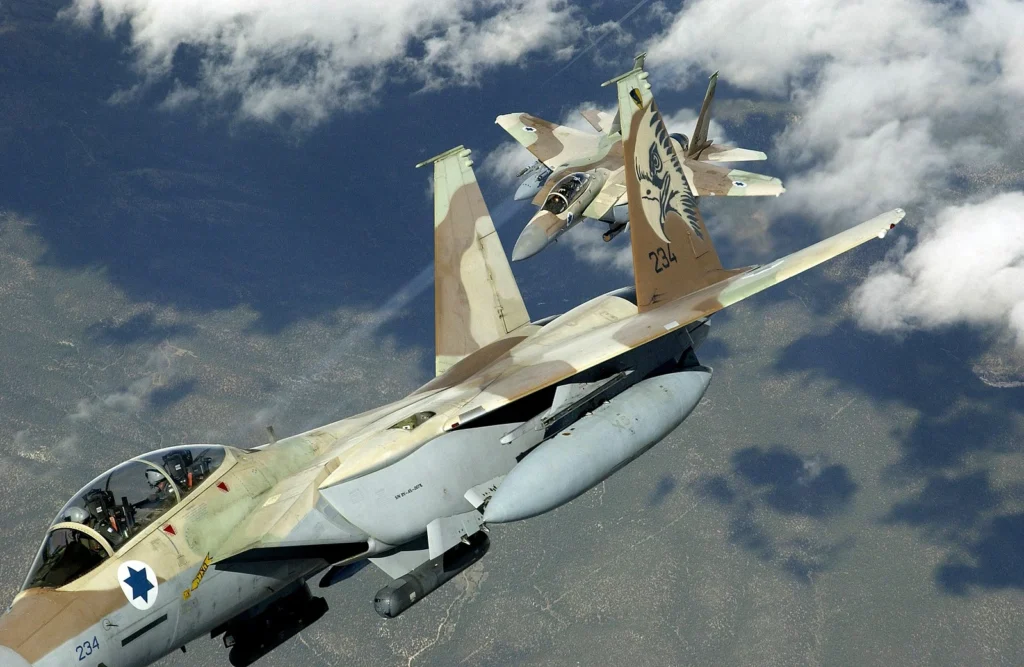
Sandboxx News
-

‘Sandboxx News’ Trucker Cap
$27.00 Select options This product has multiple variants. The options may be chosen on the product page -

‘AirPower’ Classic Hoodie
$46.00 – $48.00 Select options This product has multiple variants. The options may be chosen on the product page -

‘AirPower’ Golf Rope Hat
$31.00 Select options This product has multiple variants. The options may be chosen on the product page -

‘Sandboxx News’ Dad Hat
$27.00 Select options This product has multiple variants. The options may be chosen on the product page
